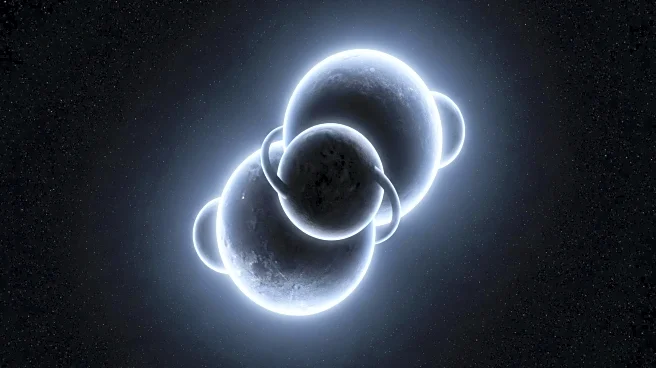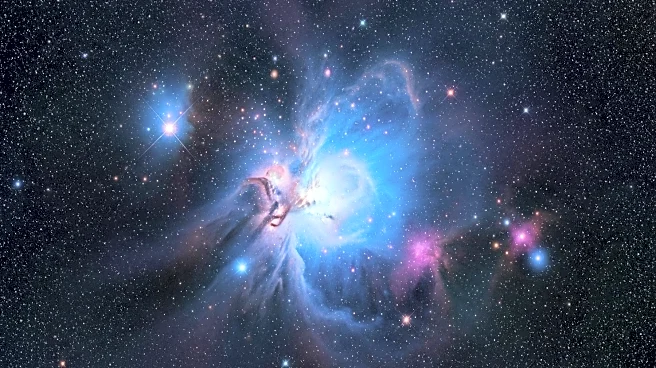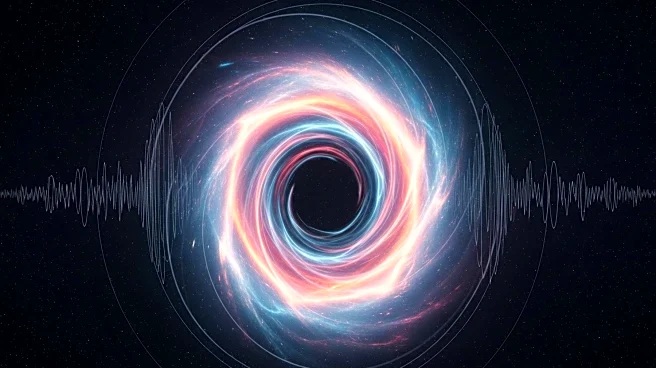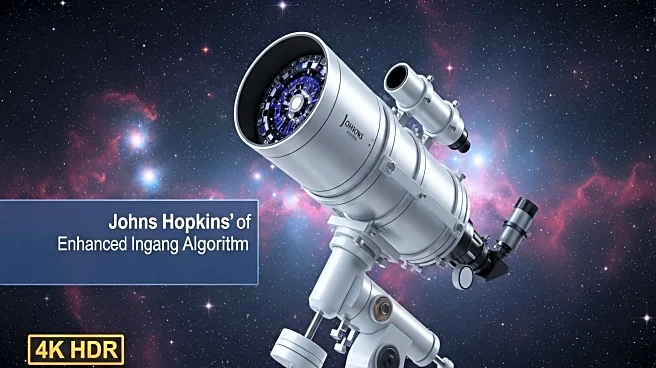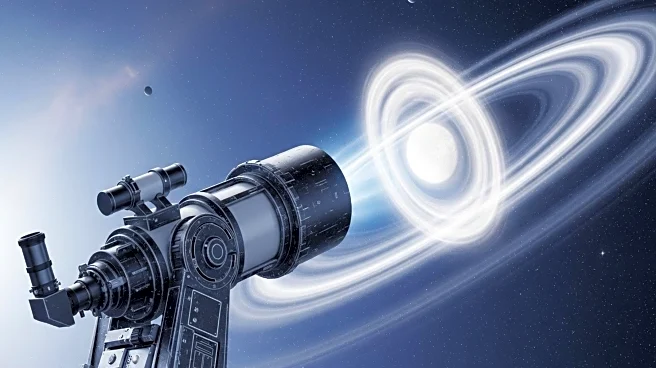What is the story about?
What's Happening?
Research by the Chinese Academy of Sciences has revealed that the signal from KOI-1755, initially thought to indicate a Neptune-sized exoplanet, is actually caused by an eclipsing binary star system. Located 982 light-years from Earth, KOI-1755 was first detected by the Kepler Space Telescope in 2014. The CAS team used pixel-level flux modeling and data from the Gaia mission to confirm the binary nature of the system, which consists of two dwarf stars with an orbital period of about 6.14 days.
Why It's Important?
This discovery highlights the challenges and complexities of detecting exoplanets using the Transit Method, which can produce false positives due to other celestial phenomena. The identification of KOI-1755 as an eclipsing binary rather than a single star with a planet underscores the importance of advanced data analysis techniques in astronomy. This finding not only clarifies the nature of KOI-1755 but also demonstrates the potential for further discoveries using improved methods on existing data from missions like Kepler.
AI Generated Content
Do you find this article useful?
